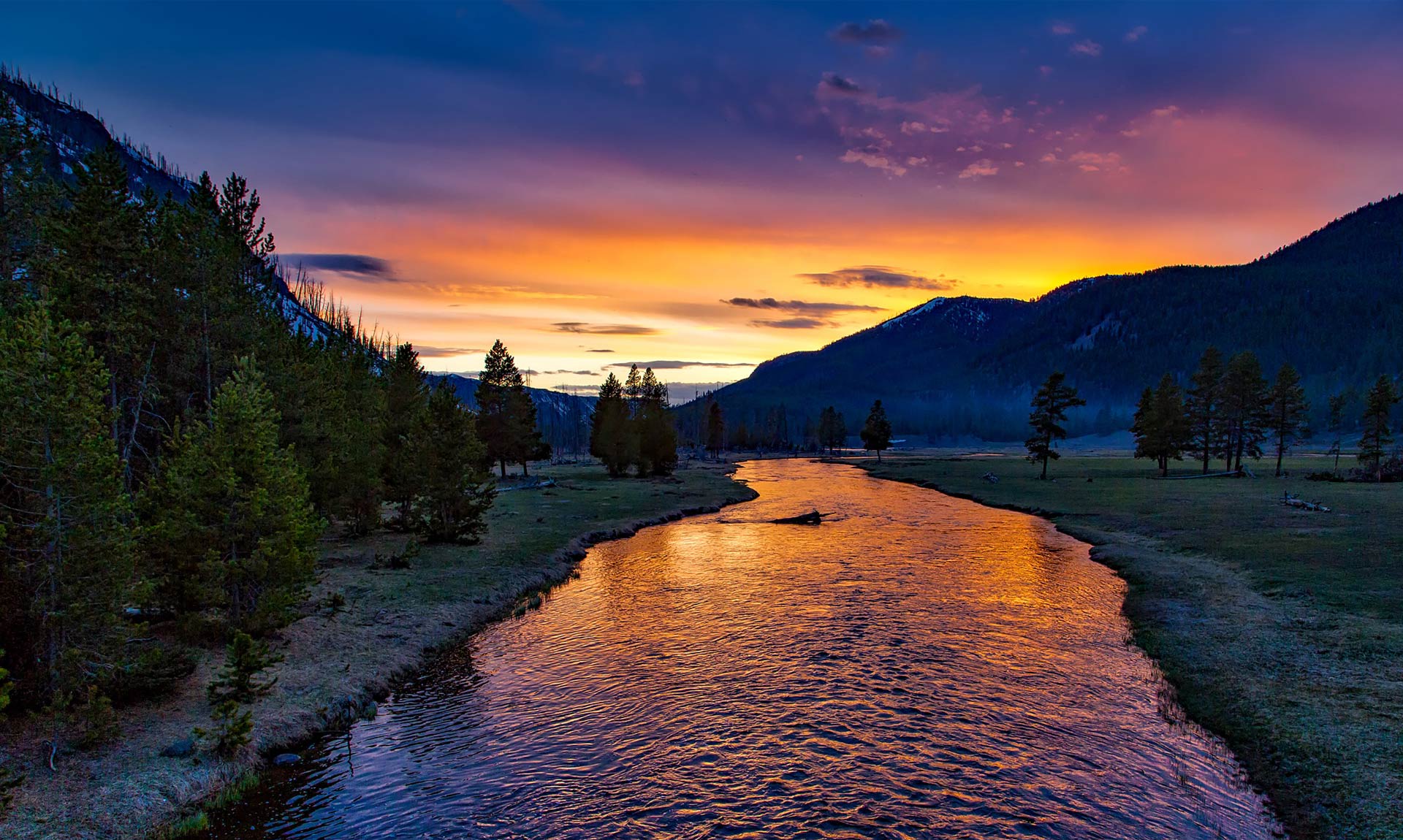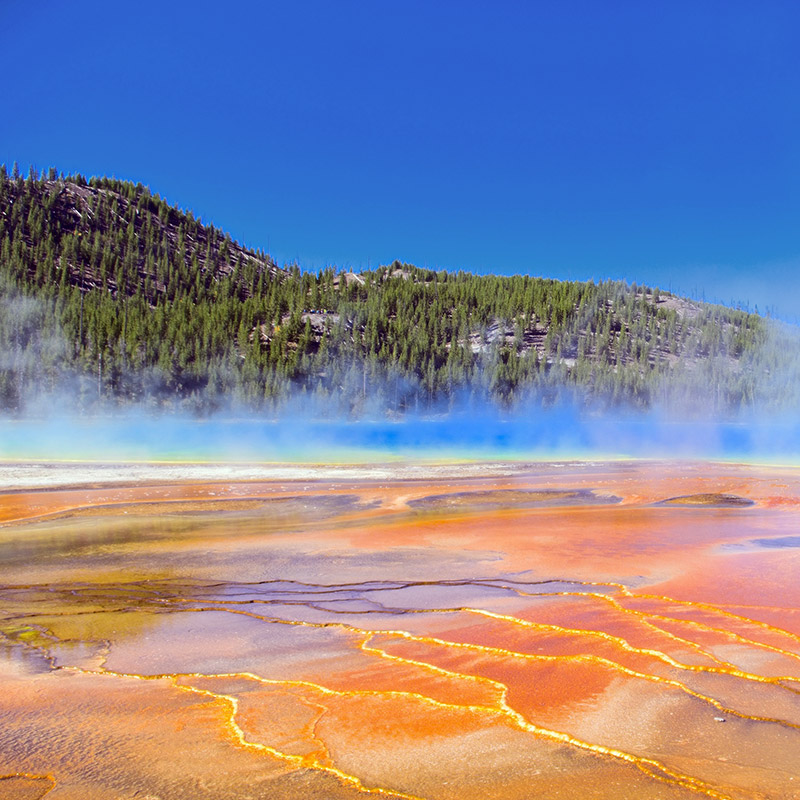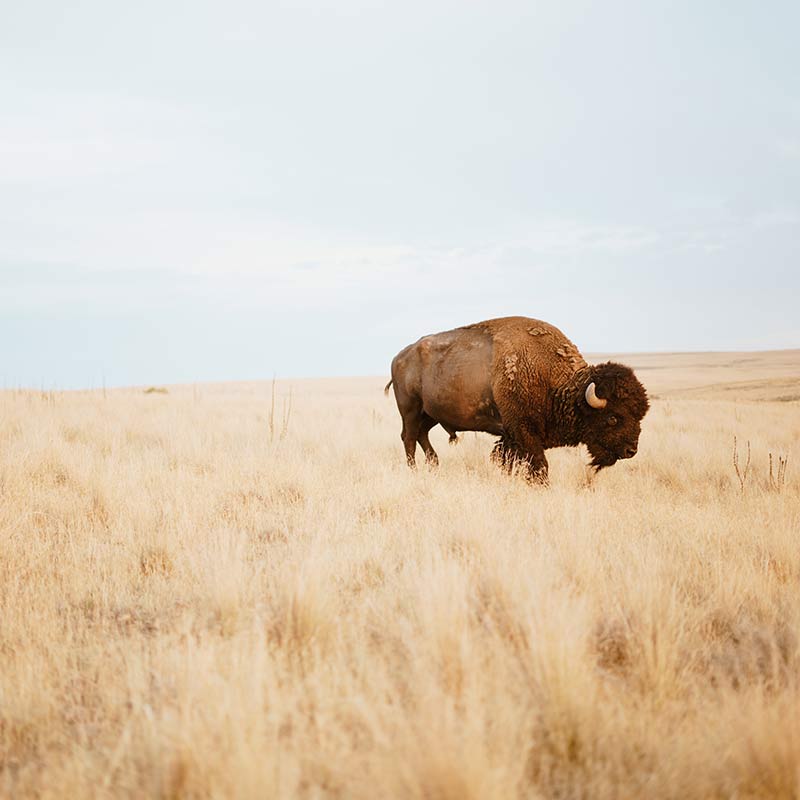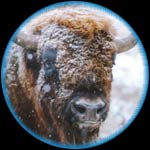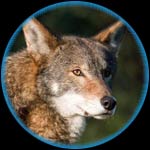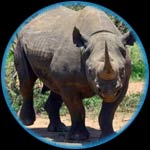SQUARE MILES

 LOCATED IN NORTHWESTERN UNITED STATES IN PORTIONS OF WYOMING, MONTANA AND IDAHO. IT COVERS APPROXIMATELY THE SAME AREA AS PUERTO RICO
LOCATED IN NORTHWESTERN UNITED STATES IN PORTIONS OF WYOMING, MONTANA AND IDAHO. IT COVERS APPROXIMATELY THE SAME AREA AS PUERTO RICO
 STRONGHOLDS FOR: THREATENED SPECIES INCLUDING CANADA LYNX AND GRIZZLY BEAR. OTHER SPECIES INCUDE BISON, TIMBER WOLF, COYOTE, BLACK BEAR, ELK, & MOOSE
STRONGHOLDS FOR: THREATENED SPECIES INCLUDING CANADA LYNX AND GRIZZLY BEAR. OTHER SPECIES INCUDE BISON, TIMBER WOLF, COYOTE, BLACK BEAR, ELK, & MOOSE
 IN 1995, THE PARK WAS ADDED TO THE LIST OF WORLD HERITAGE SITES IN DANGER. SINCE THEN, CONSERVATION EFFORTS HAVE IMPROVED THIS STATUS
IN 1995, THE PARK WAS ADDED TO THE LIST OF WORLD HERITAGE SITES IN DANGER. SINCE THEN, CONSERVATION EFFORTS HAVE IMPROVED THIS STATUS
YELLOWSTONE FACTS

The park is located in portions of Wyoming, Montana and Idaho, at the northeastern end of Snake River Plain. It is widely regarded as the first national park in the world. Yellowstone was established by the U.S. Congress and signed into law by President Ulysses S. Grant in 1872. It contains a variety of features which include lakes, canyons, rivers and mountain ranges.
Largest Collection of Large Mammals in the ‘Lower 48’
Yellowstone National Park is considered to have the largest collection of large mammals in the lower 48 United States. There are 67 species of mammals in the park. These include American Bison, Timber Wolf, Coyote, Black Bear, Elk, Moose, Mule Deer, White-tailed Deer, Mountain Goat, Pronghorn, Bighorn Sheep, and Cougar. Two threatened species in Yellowstone National Park are the Canada Lynx and Grizzly Bear, with an estimated population of 150. There are also 311 species of birds, 18 species of fish and 11 species of amphibians and reptiles living in the park.
YELLOWSTONE UNIQUE FEATURES

Geological, Geothermal & Hydrothermal Activity; Meet ‘Old Faithful’
There is significant geological, geothermal and hydrothermal activity in the park. Yellowstone contains over 10,000 examples of geothermal features. This represents half of the world’s known geothermal features. Yellowstone National Park is part of the Yellowstone Caldera; the largest volcanic system in North America. A series of exceptionally large volcanic eruptions took place between 2.1 million and 70,000 years ago, some of which were 1,000 larger than the 1980 eruption at Mount St. Helens. During this period these “super-volcanoes” discharged an estimated 1,000 cubic miles of ash, rocks and other materials.
Hydrothermal events can be found all over the park, which include the largest collection of geysers on Earth. A study completed in 2011 found that at least 1,283 geysers have erupted in Yellowstone. An average of 465 are active in any given year. Among these is perhaps the most famous geyser in the world – Old Faithful. Old Faithful erupts, on average, every 90 minutes, with eruptions lasting from 93 seconds to over 5 minutes.
YELLOWSTONE THREATS

Leading up to the 1990s, there were many serious threats to the Park. These included threats to Bison, threats to Cutthroat Trout, poor water quality and visitor-use impact. In 1995, Yellowstone National Park was added to the list of World Heritage Sites in Danger. Since then, there has been continued improvement, although the original threats are still monitored. However, new threats have emerged including the risk to Grizzly Bears from declining Whitebark Pine trees and human-Grizzly Bear conflict. The accidental or intentional introduction of invasive species is also causing a decline in certain fish population. As a result, Yellowstone’s ecosystem is becoming unbalanced.
Many of the existing and potential threats to the ecosystem are beyond the control of the National Park Service and depend upon conditions outside the park. The integrity of the park’s ecosystem depends on cooperative efforts between the National Park Service, other government agencies, Non-government agencies and private and public funding. Do your part!


